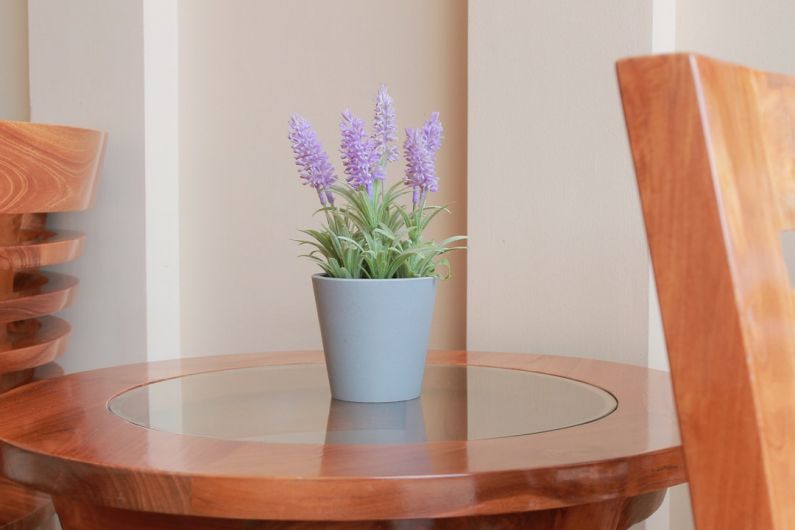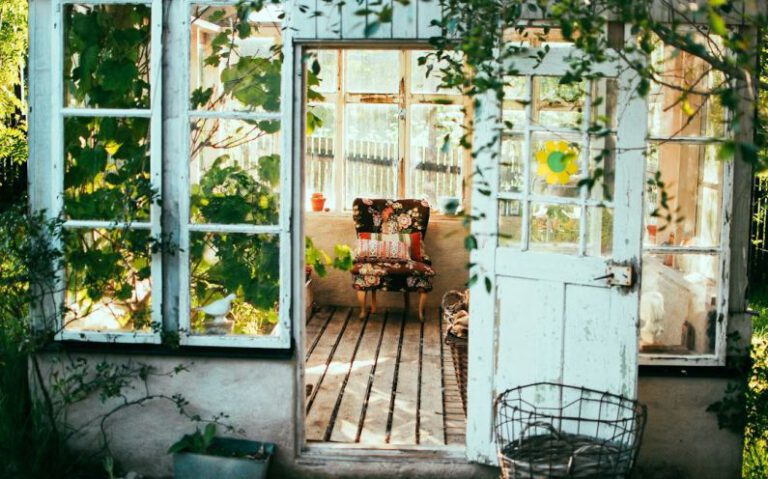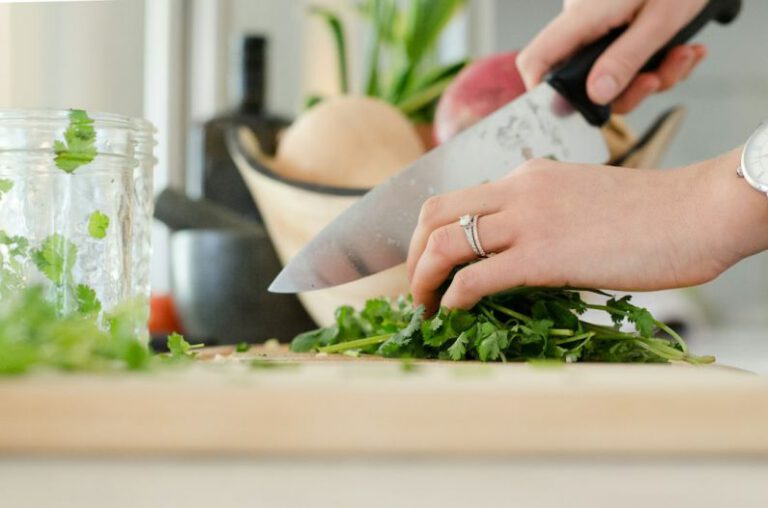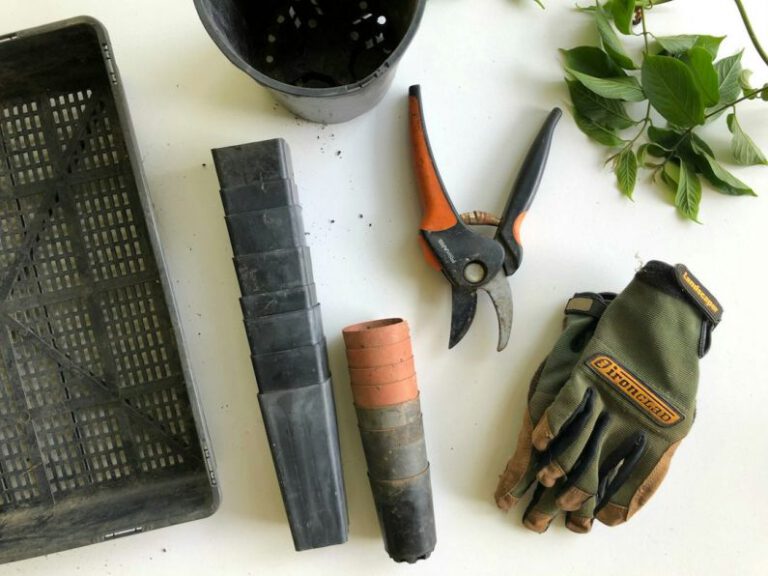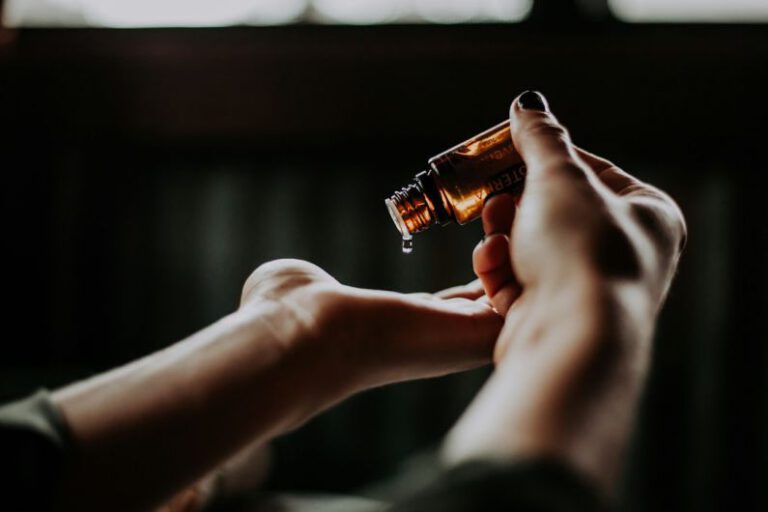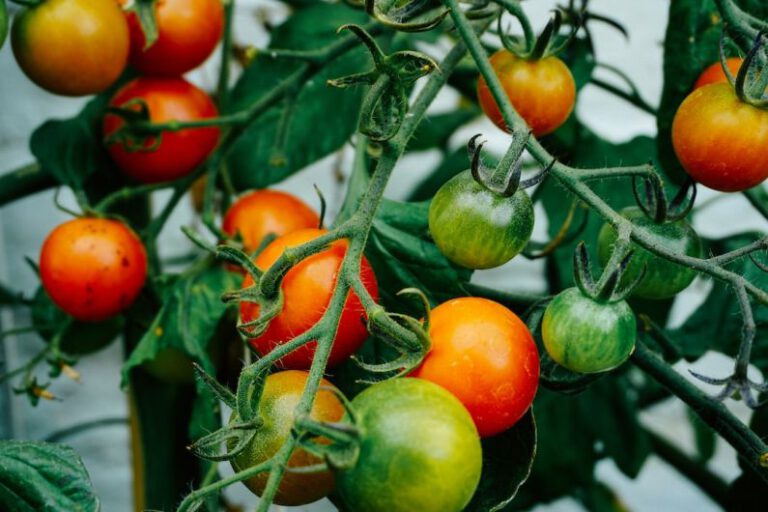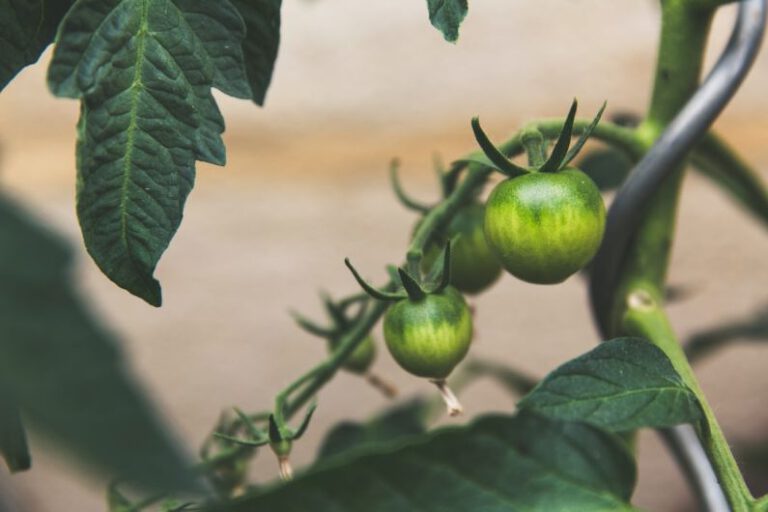How to Grow Your Own Herbs Indoors?
Have you ever wanted to have fresh herbs at your fingertips, ready to use in your cooking? Growing your own herbs indoors is a convenient and rewarding way to have a constant supply of aromatic and flavorful plants. Whether you have a spacious kitchen or a small apartment, with a little know-how and the right tools, you can successfully grow a variety of herbs indoors. Here are some essential tips to get you started:
1. Choose the Right Herbs
The first step to growing your own herbs indoors is selecting the right plants. Some herbs are better suited for indoor growing than others. Good choices for indoor herbs include basil, parsley, cilantro, mint, chives, and thyme. These herbs are relatively easy to grow and can thrive in containers.
2. Find the Perfect Location
Herbs need plenty of sunlight to grow. When growing herbs indoors, it’s important to choose a spot that receives at least six hours of direct sunlight a day. South or west-facing windows are usually the best options. If you don’t have access to enough natural light, you can use artificial grow lights to supplement the sunlight.
3. Choose the Right Containers
The right containers are crucial for the success of your indoor herb garden. Make sure the containers have drainage holes to prevent waterlogging. It’s best to use pots that are at least six inches deep to provide enough space for the roots to grow. Additionally, using terracotta or clay pots can be advantageous as they allow for better airflow and drainage.
4. Provide Adequate Drainage
To avoid overwatering and root rot, it’s important to ensure that your herb plants have proper drainage. Place a layer of small stones or pebbles at the bottom of the pots to help water flow freely. This will prevent the roots from sitting in excess moisture, which can lead to fungal diseases.
5. Use Quality Potting Soil
Using the right potting soil is essential for the health and growth of your herbs. Choose a high-quality potting mix that is well-draining and rich in organic matter. Avoid using garden soil, as it can be too dense and may contain pests or diseases.
6. Water Wisely
The key to successful herb gardening is finding the right balance of water. Overwatering can lead to root rot, while underwatering can cause the plants to wither. Check the moisture level of the soil regularly by sticking your finger about an inch into the soil. If it feels dry, it’s time to water your herbs. Be sure not to let the soil dry out completely between waterings.
7. Fertilize Regularly
To ensure healthy and vigorous growth, it’s important to provide your herbs with nutrients. Use a balanced organic fertilizer once a month to keep your plants well-fed. Avoid overfertilizing, as it can lead to excessive leaf growth and a weaker flavor in the herbs.
8. Harvest with Care
Once your herbs have reached a suitable size, you can start harvesting them. To encourage bushier growth, pinch off the tips of the plants regularly. When harvesting, use sharp scissors or pruning shears to make clean cuts just above a leaf node. This will promote new growth and ensure a continuous supply of fresh herbs.
With these tips in mind, you can easily grow your own herbs indoors and enjoy the benefits of having fresh, flavorful ingredients at your fingertips. Get started today and transform your kitchen into a thriving herb garden!
